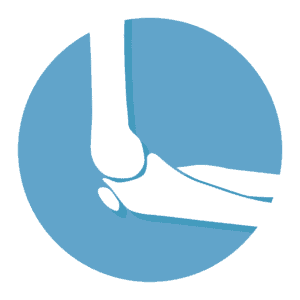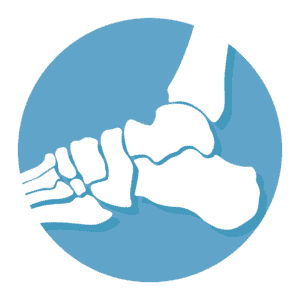
What is Transfibular Ankle Fusion?
Transfibular ankle fusion is a clinical procedure that is performed to fix an ankle joint that is severely damaged due to a variety of causes. The word transfibular refers to the method that is adopted to fuse the bones in the ankle by cutting off the lower end of the fibula bone so as to allow the ankle to only move from side to side but not upwards and downwards.
Who needs Transfibular Ankle Fusion?
The most common reason for performing this procedure is arthritis of the ankle joint that is caused due to trauma. Other reasons include osteoarthritis, rheumatoid arthritis, joint infections, like septic arthritis, and birth defects. Before attempting this procedure, a number of different options such as pain killers and other medical treatment are considered first. If these fail, then transfibular ankle fusion is performed.
What are the steps in Transfibular Ankle Fusion?
Assessing the Joint
Preliminary tests such as x-rays are performed to assess the state of the joint. Any infection will be treated with antibiotics first. The nerve supply and the blood supply are also assessed to make sure it is safe to go ahead with the surgery.
Making the Initial Incision
Following this, the patient is given a general anesthetic in the operating room. An incision is made on the outer aspect of the ankle to expose the joint and the tendons.
Resecting Tendons
Most of the tendons are resected and some parts of the damaged bone and cartilage are removed, especially the lower end of the fibula and the cartilage within the ankle joint.
Shaping the Bone
The surfaces of the bones are then shaped so as to ensure they fit snugly next to each other. They are then brought together and placed in a fashion using metallic screws so as to fuse them when they heal.
Blocking the Nerve
The entire procedure can take a few hours to perform. After the procedure, the nerve supplying the ankle may be blocked using a local anesthetic agent in order to reduce any pain from occurring following the surgery.
After Surgery
Following the procedure, the patient may be observed for a few hours or even a day or two before being discharged home. The ankle and foot are placed in a plaster splint and crutches are offered to the patient. Patients are advised not to bear any weight on their ankle for up to 4 to 6 weeks as this can delay healing. Physical therapists are usually involved in prescribing certain exercises that will ensure that healing occurs naturally and the joint movement (side to side) is retained to the greatest degree as possible. Full weight bearing can be commenced after 10 weeks or so following the surgery. Many patients good outcomes after surgery, with a significant improvement in their mobility and function.
There are very few complications that can be associated with transfibular ankle fusion. These include failure of fusion of the bones (non union) or a delay in fusion (delayed union), though these are rare. The joint may fuse in a manner that it should not (malunion), causing an obvious foot deformity. Infection rates are low. Pain may occur and patients will be given pain killers to combat this.








